There are undoubtedly some bizarre animals out there. The first time I saw an angler, I think I had nightmares for weeks; and the Glaucus atlanticus is mesmerizing, but terrifying.
Nature is brilliant in the many strange ways it works. Everything seems to have its purpose and reason. This includes an animal I recently learned about called the cinereous mourner. If you look at its picture below, you'd probably guess it's some sort of caterpillar, right? I mean, it's small, brightly colored, and it seems to be covered in hundreds of tiny hairs or bristles.
But it's actually a small bird! This aviary species, native to the subtropic climates of various South America and some African countries, is born with a natural defense mechanism: All baby chicks of this bird are born to resemble deadly poisonous caterpillars so that predators will avoid them. When predators see the sharp bristles and shocking colors, they know to avoid the chick. This allows the mama bird to be able to leave the nest without fear of her babies being attacked.
Read on to learn more and please SHARE with friends.
Specifically, these baby birds resemble the caterpillars of a moth in the Megalopygidae family. Predators know to recognize this moth as especially poisonous. The long spines on the bird are called "filoplumes" and will eventually grow out to be feathers.
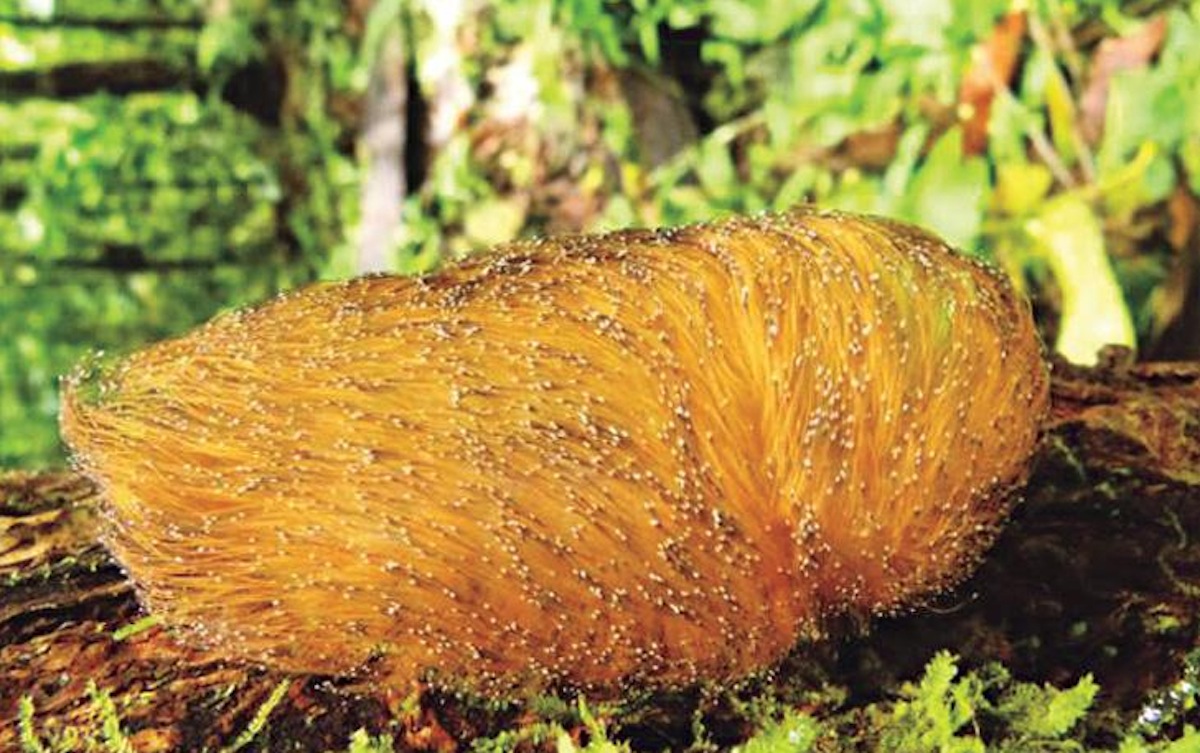
The young birds are taught to wiggle their heads back and forth in a rhythmic manner so that their motions mimic those of a caterpillar.
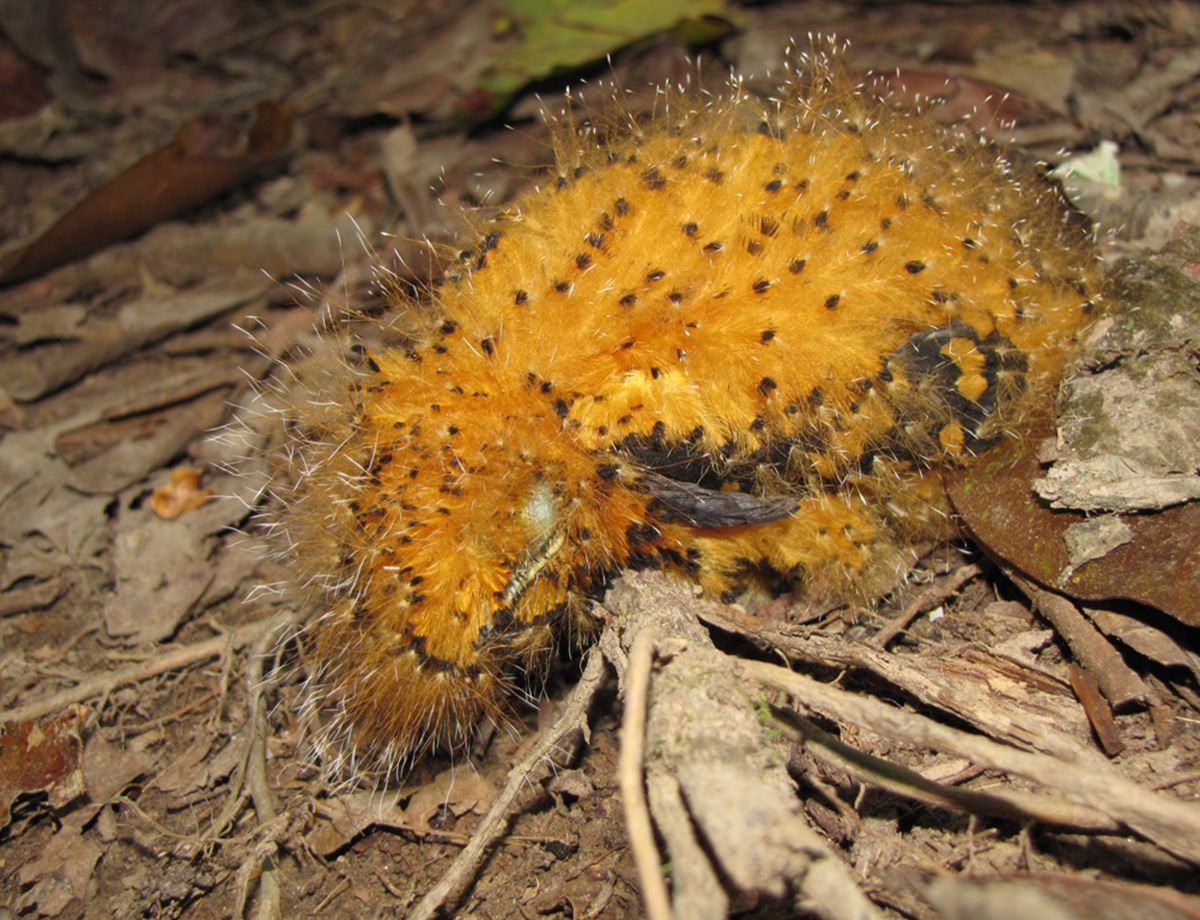
However, as they get older, the bright orange filoplumes grow into adult feathers and the caterpillar appearance disappears.
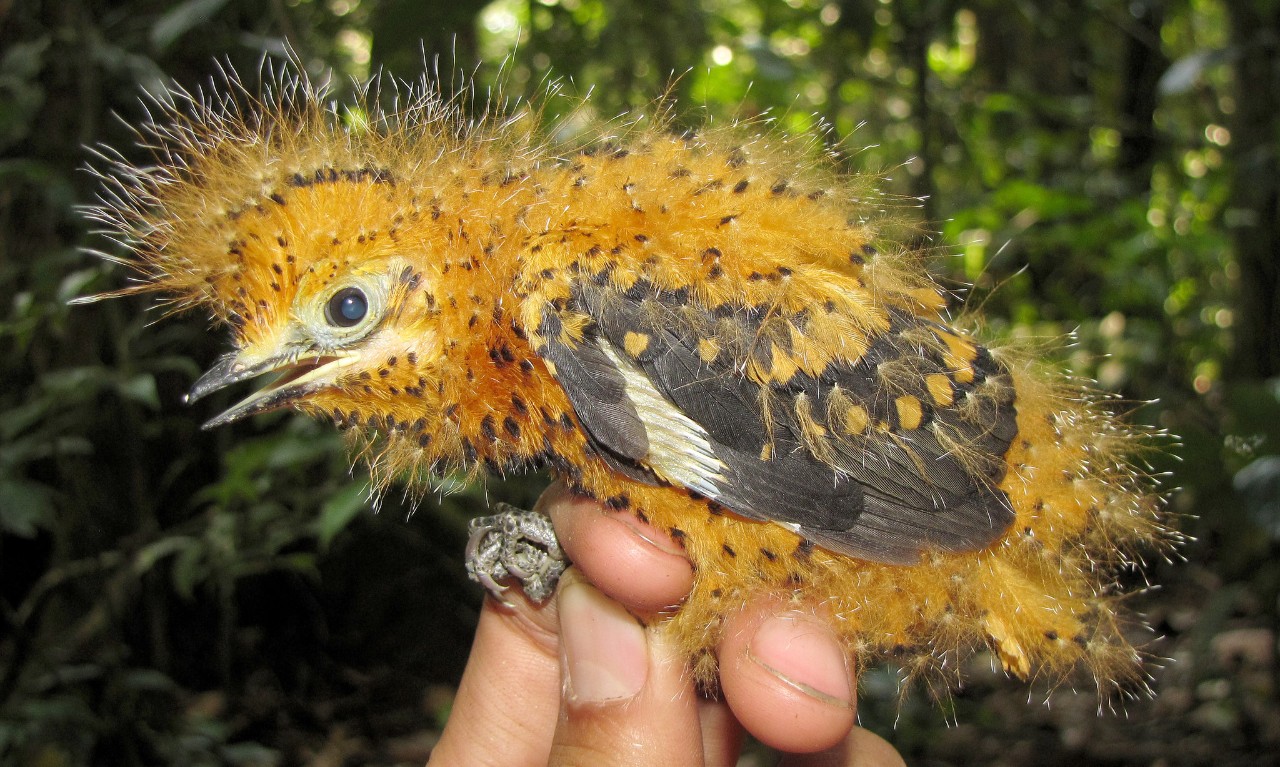
It's estimated that there only about 10,000 of this endangered species left in the world.
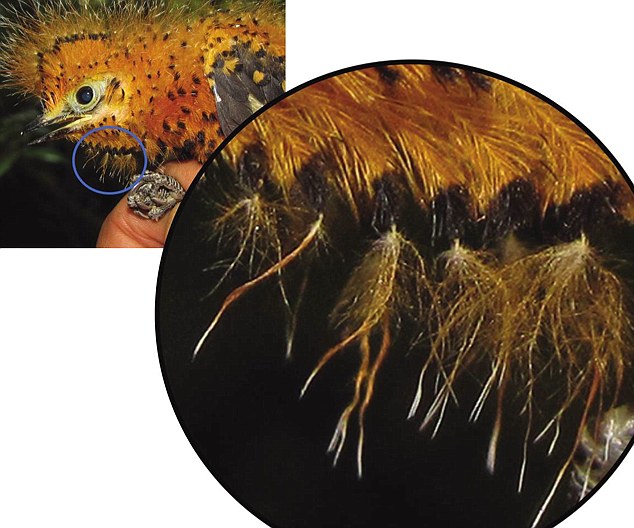
Once fully grown, the 'mourner' bares little resemblance to its youthful self. Typically, the young chicks are only in the nest for approximately 20 days.
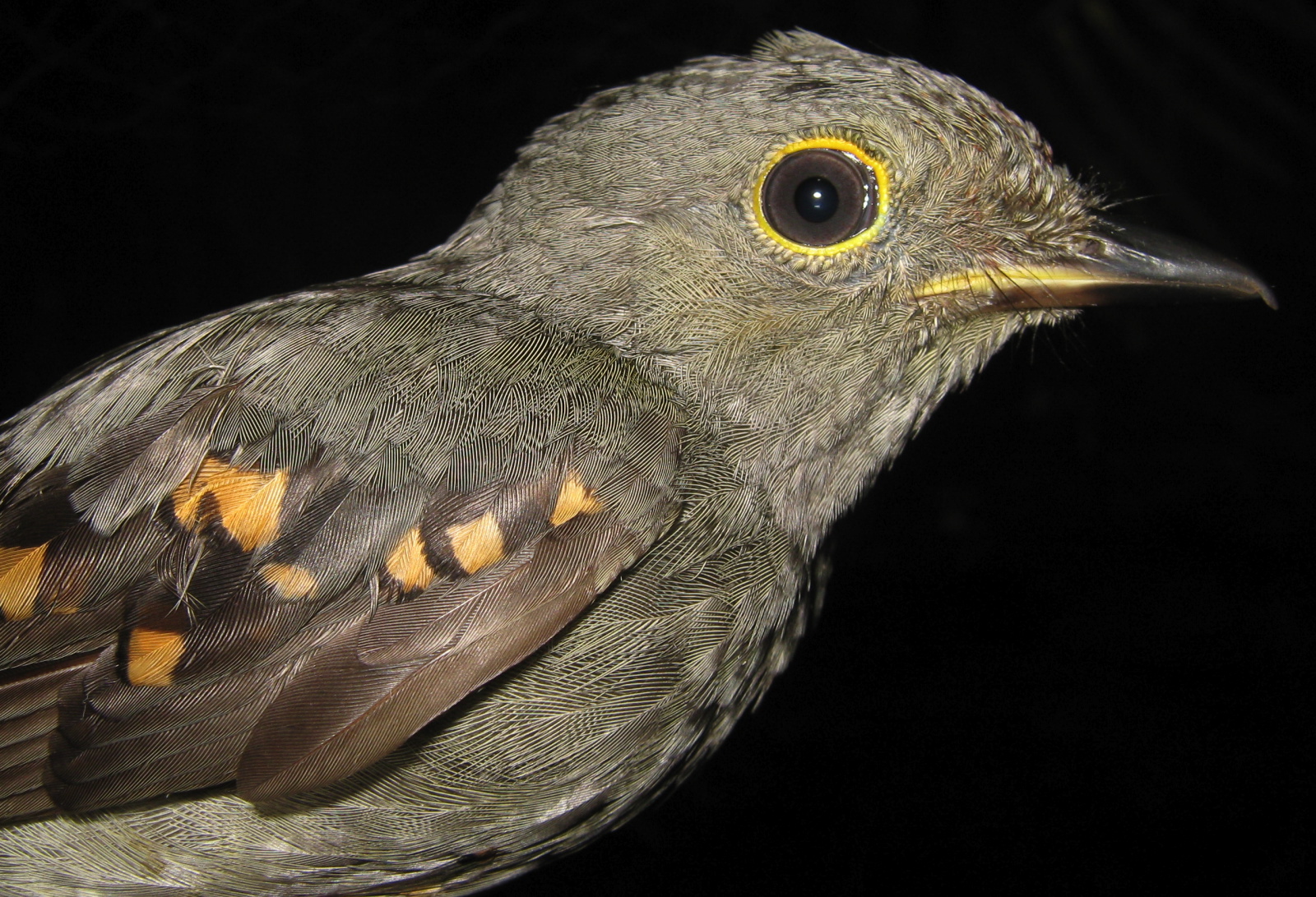
This baby bird is just proof that nature has incredible ways of working.
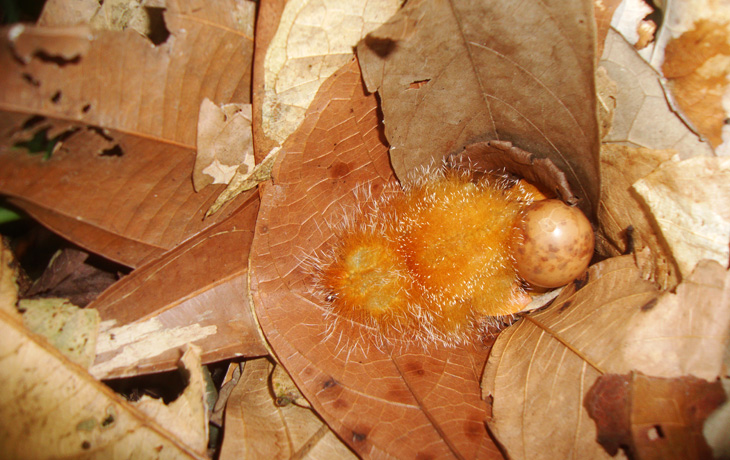
Please SHARE and watch footage of the bird below.




